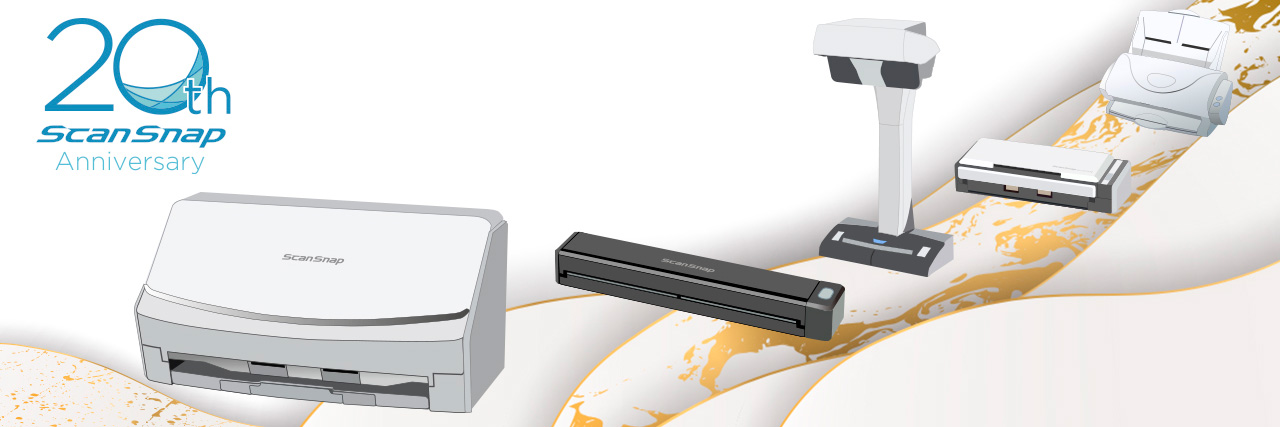

Most fall well short of single-function photo scanners in terms of scan quality and/or photo-centric features. The quality of their photo scanning varies widely, depending on the hardware and software involved. Though most people who scan a lot of photos will want a single-function scanner, nearly all multifunction printers (MFPs), also known as all-in-ones (AIOs), include a flatbed that can scan photo prints and other material. Is the Scanner on an All-in-One Printer Good Enough? To pinpoint this, look for something called Digital ICE technology, which is generally built into some higher-end photo scanners. The dust feature sometimes works well, but effective scratch removal really requires a hardware-based solution. Many scanner drivers also have dust- and scratch-removal capabilities. Typically, a scanner utility's basic mode will select the scan settings for you, while the advanced mode will let you customize the settings. Most scanners offer basic and advanced modes, accessible through their driver or scanning software. This helps with alignment and spacing during the scan and reduces the need to handle the transparencies directly off the platen. Such models come with plastic frames or holders that fit multiple slides or negatives and secure them in place during scanning. Starting in the $200 range are scanners that can handle slides and/or film negatives. Many do a very good job of this, generally for less than $100. As a rule, low-cost photo models are limited to scanning photo prints. Photo scanners are available in a wide range of prices and capabilities. A notable exception is the Epson FastFoto line of sheet-fed photo printers, the latest of which is the FastFoto FF-680W. The FastFoto models are built specifically for scanning shoeboxes full of photo prints and are engineered to treat the prints gently. This works in a pinch, but risks damaging your originals, even if they're enclosed in a protective sleeve. We strongly urge you to avoid making a habit of scanning photos (or any delicate originals, for that matter) through a sheet-fed document scanner, whether it's a standalone model or one built into a multifunction or all-in-one printer (more on that in a moment). You'll want to be cognizant of that spec depending on what you will tend to scan.

A key differentiator between models is the platen size most are letter-size (8.5 by 11 inches) or legal-size (8.5 by 14 inches). In these scanner designs, you lift a lid to expose a glass platen, onto which you place the image to be scanned. One feature shared by nearly all true photo scanners is a flatbed design. Best Malware Removal and Protection Software.


 0 kommentar(er)
0 kommentar(er)
